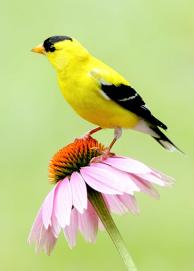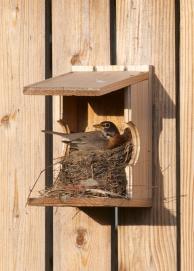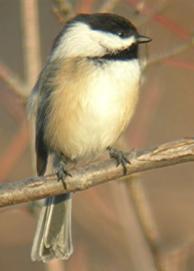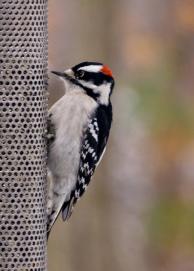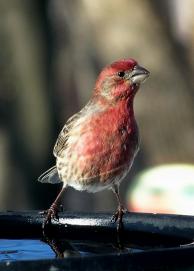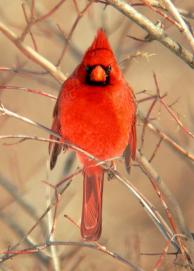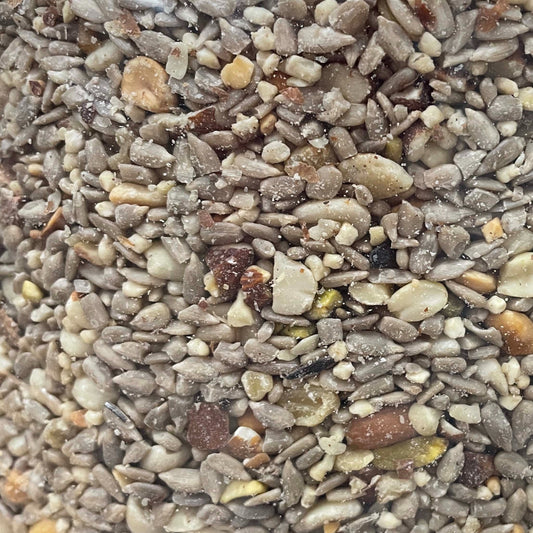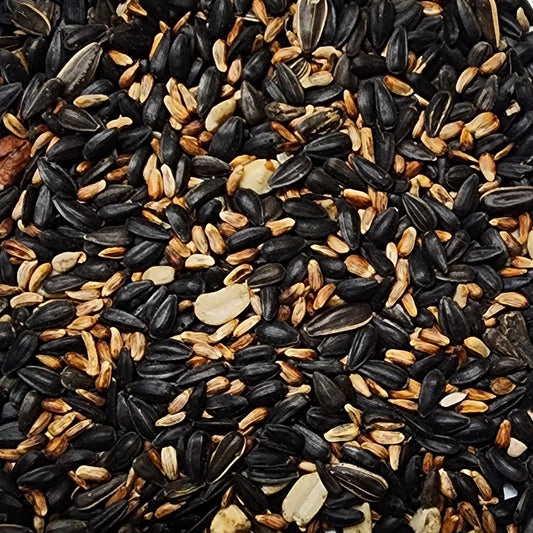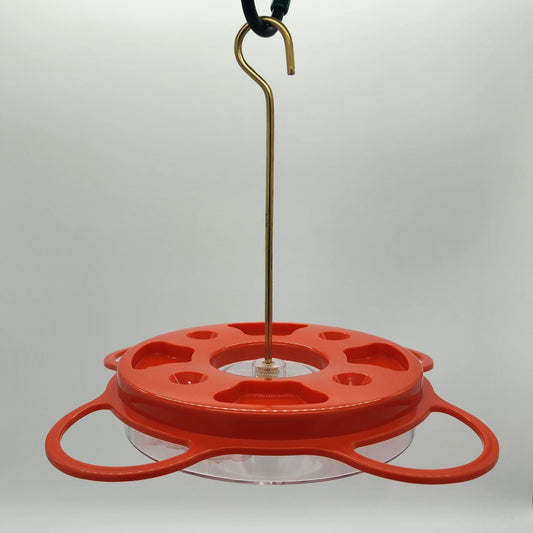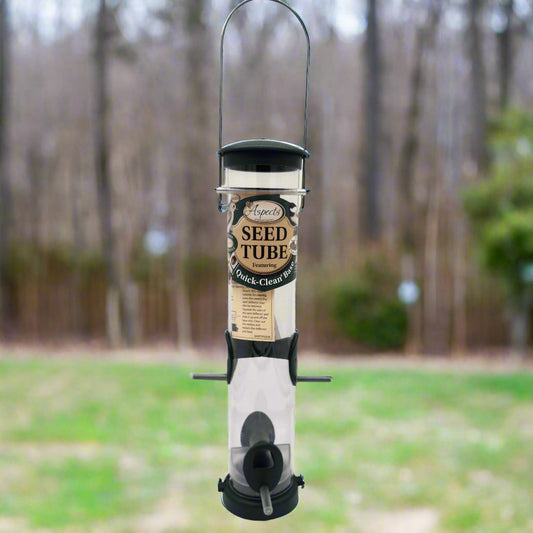 If you think about the sounds of summer- lawn mowers, children playing in the street, Cicadas- you have to include the gentle, haunting coo-OO-oo of the Mourning Dove. Whether outside your window in the early dawn or from the overhead lines as you sit at a stoplight, it’s a common song wafting through the summer air.
If you think about the sounds of summer- lawn mowers, children playing in the street, Cicadas- you have to include the gentle, haunting coo-OO-oo of the Mourning Dove. Whether outside your window in the early dawn or from the overhead lines as you sit at a stoplight, it’s a common song wafting through the summer air.
What you may not know is that the Mourning Dove is the most abundant and widespread native land bird in the United States. Estimates put the species at 350 million or greater. It ranks just behind Red-winged Blackbirds on breeding surveys.
Their prolific numbers can be attributed to their adaptability. Mourning Doves only shun deep forests for habitat and can nest on the ground, in trees or on ledges. We often get calls about them nesting in gutters or on roofs of homes. Typical clutch size is 2 and they can nest every 30 days. Both parents participate in feeding the young and are one of the few species that do not feed their young insects. As members of the pigeon family, the adults regurgitate a “milk” from partially digested seed.
Chances are, if you have bird feeders, you have Mourning Doves visiting your yard. They love millet and safflower and may sit on a tray feeder or eat off the ground under your feeders. Another interesting fact is they can store seeds in their crop, an enlarged area of the esophagus. They can then fly to a safe place to digest the meal. Mourning Doves will consume 12-20% of their body weight daily. This equals about 71 calories. In addition to the mournful song they bring to summer, it’s such a joy to see the fledglings, with their fluffy feathers, coming to the feeders.
By Mary Nemecek

